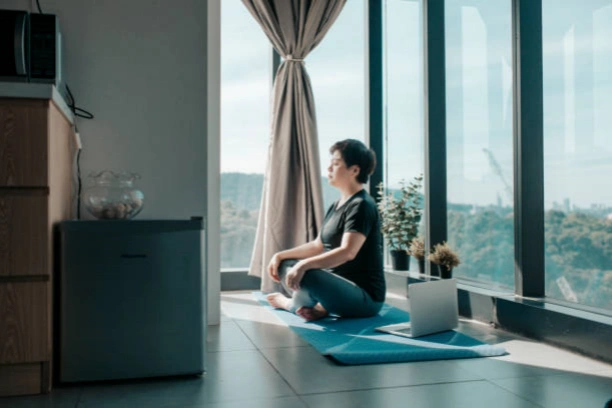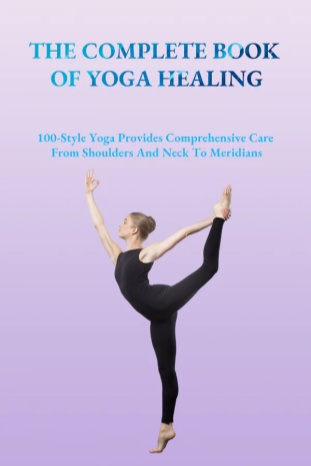Psychological Health Skill Learning – Focused Meditation
The Power of Focused Meditation
Focus is the ability to eliminate all distractions and retain only the thoughts you wish to have. It is the power to concentrate your energy on your dreams until they become reality. Focus can bring you extraordinary strength. It taps into your subconscious, giving you incredible power and efficiency.
Meditation, also known as focusing on positive thoughts or positive focus, is not only a method to sweep away thoughts of failure and reach a state of singular concentration, but it can also improve your character, making you a better and more influential person. Regular meditation practice can make you strong enough to overcome all internal and external adversities.
With enough energy focused on a goal, any humanly achievable goal can become a reality. On the other hand, if you allow conflicting thoughts or doubts to enter your mind, your desires will be pushed aside and will never be fulfilled. This is a rule of psychology and physiology.

Five Steps for Meditation Training
1.Cleansing
First, the body needs to be prepared. When the body feels energized, comfortable, light, and relaxed, meditation can proceed smoothly. A bath, or simply washing your face, hands, or feet, can help you achieve this fresh feeling. In the morning, completing bathroom routines before meditation will make the body feel more comfortable.
2.Stretching
Stretching and moving your back and legs can significantly improve the comfort of your meditation posture. Even just a few minutes of stretching or yoga poses can greatly enhance the quality of your meditation experience. Unlike prolonged aerobic exercise, Hatha yoga poses won’t tire you out or overly stimulate the body. Instead, they gently awaken you, help relax your muscles, reduce mental stress, and improve focus. Therefore, it is advisable to spend at least 5-10 minutes stretching and warming up before meditation.
3.Relaxing
After stretching, a short relaxation exercise is highly beneficial. Lie down comfortably with your back flat on the floor or a mat. Place a thin cushion under your head, and cover yourself with a blanket or shawl. Position your arms by your sides, slightly away from your torso, with palms facing up. Keep your legs at a comfortable distance apart. Ensure your body weight is evenly distributed without twisting or tilting. Keep your head centered and not leaning to one side to avoid neck strain. In this position, simply lie quietly and relax. Gently close your eyes and spend a few minutes focusing on your breathing: softly inhale through your nose, then exhale slowly through your nose without pausing or stopping between breaths. While lying in this posture, you can guide yourself through a brief relaxation exercise by sequentially focusing on each major muscle group and then your entire body.

4.Relaxing the Brain and Nervous System
Breathing is a powerful force that greatly influences the level of physical tension, mental clarity, and stability. Before meditating, using a proper seated posture for yoga breathing exercises can calm the mind and help foster internal focus, concentration, and stability.
5.Meditation
Direct your mind to focus on the mantra you are using, or the universal mantra “SoHum.” This sound is specially coordinated with the rhythm of your breath: as you exhale, silently hear the sound “Hum”; as you inhale, silently hear the sound “So.” Gradually, make your breathing deep, long, and soft. Sit quietly, focusing your mind on the mantra. Continue practicing in a comfortable posture, allowing your mind to calm and turn inward. When preparing to end the meditation, first bring your awareness back to your breathing and then transition to your body. Gently cover your eyes with your hands, open your eyes to look at your palms, and slowly shift your awareness from your internal feelings to the external world.







